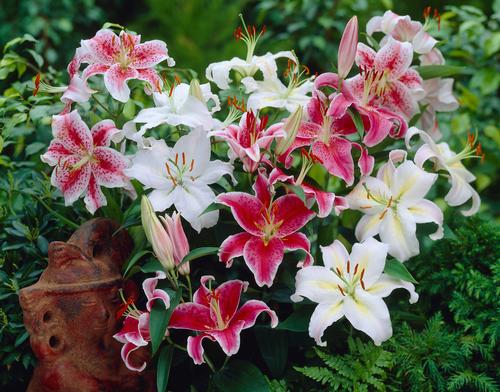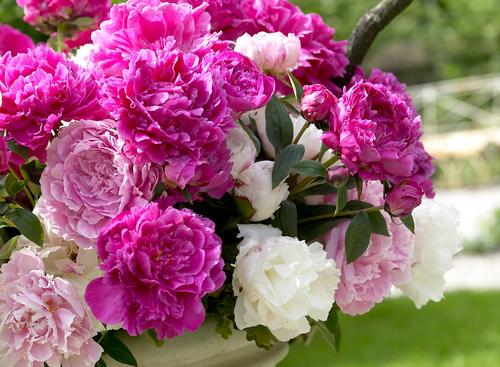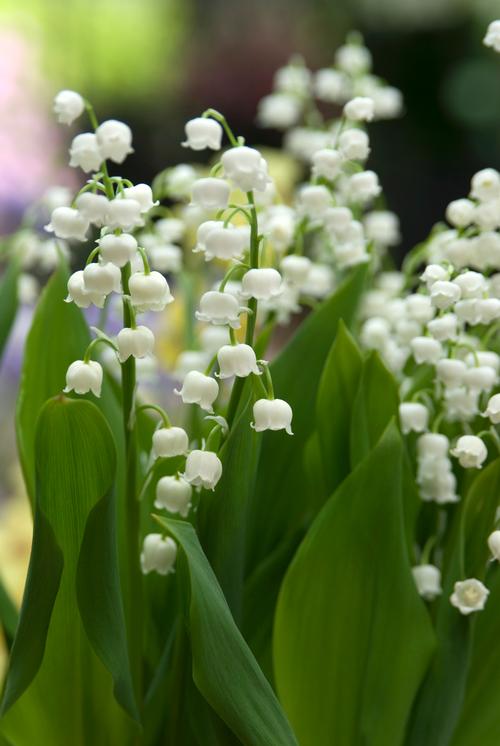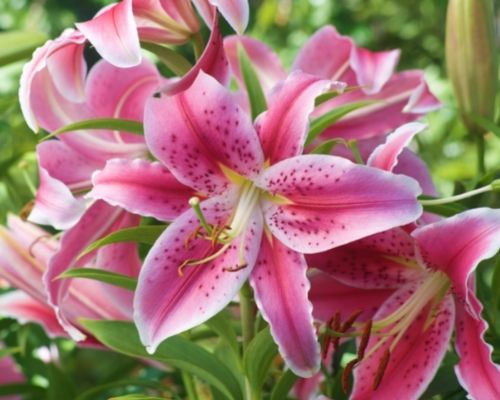Fragrant Flowers and When They Bloom
Fragrant plants can add a whole new dimension of pleasure to your garden. Just a whiff of a flower’s sweet perfume can lift your spirits and bring back memories from long ago.
Fragrance is very personal and that's because everyone has a unique sense of smell. So when you're choosing fragrant plants for your garden, just use your nose. Choose scents that appeal to you and that evoke the feelings and moods you want to experience.
How to Use Fragrant Plants in Your Garden
If you want a garden that smells as good as it looks, incorporate fragrant plants in as many places as possible. Put hyacinths beside your front door, lilacs beneath your bedroom window and Oriental lilies in planters on your patio. Edge a pathway with sweet alyssum or lavender, plant fragrant roses behind a garden bench, and surround your deck or patio with pots of gardenias, jasmine and crinum.
Some plants are more fragrant in the evening than they are during the day. These include flowering tobacco (nicotiana), night phlox, four-o-clocks and brugmansia. Locate these plants where you can enjoy them on warm summer evenings.

Types of Plant Fragrance
Cultures throughout the world use fragrance to promote physical and mental wellbeing. These scents are often grouped by their common properties, and using these fragrance profiles can be helpful when designing your own fragrant garden.
Floral: Sweet, heady perfumes that promote relaxation. Plants such as Oriental lilies, jasmine, gardenia, peony, lily of the valley
Fresh: Zesty perfumes that stimulate and refresh. Plants such as lavender, mint, citrus
Spicy: Deep, musky scents that are slow and sensual. Plants such as roses, carnations, sage
Woodsy: Perfumes that promote mental acuity. Plants such as rosemary, balsam, cedar

Bloom Times for Fragrant Plants
If you want to fill your home and garden with fragrance throughout the year, select plants that bloom at different times during the growing season.
January – paperwhites, jasmine, freesia
February – jasmine, sweet box, winter daphne, witch hazel, freesia
March – forced muscari, hyacinths and daffodils
April – daffodils, hyacinths, muscari
May – tulips, lily of the valley, creeping phlox, wallflowers, lilacs, bearded iris, azaleas, wisteria, citrus, sweetshrub
June – mock orange, peony, rhododendron, daphne, roses, dianthus, sweet alyssum, sweet peas, stock, fringetree
July – Oriental lilies, heliotrope, petunias, daylilies, lavender, garden phlox, sweet alyssum, yucca
August – nicotiana, Oriental-Trumpet lilies, mignonette, clethra, four o’clocks, gardenia, tuberose, brugmansia, butterfly bush, acidanthera, freesia
September – autumn clematis, tuberose, snakeroot, gardenia, roses, brugmansia, ginger lilies, glossy abelia, acidanthera
October – sweet olive, variegated silverberry
November – balsam fir
December – paperwhites, balsam fir

You may also be interested in reading: Fragrant Flowers for Homegrown Bouquets and Fragrant Spring-Blooming Bulbs.

